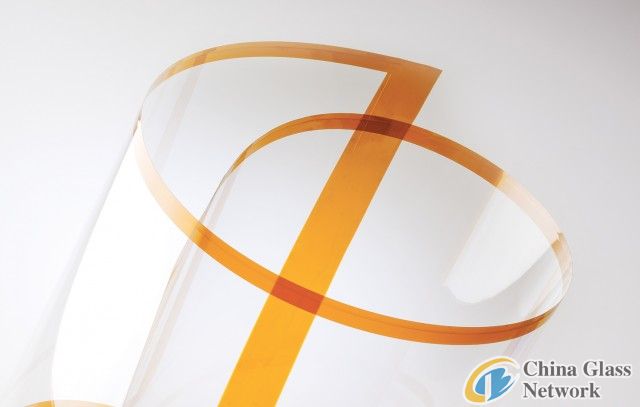Post Time:Jul 04,2013Classify:Industry NewsView:473

The US government’s National Renewable Energy Laboratory has built flexible solar cells out of Corning’s Willow Glass. These new solar cells are strong enough that they could eventually replace roofing shingles, which would significantly shrink the biggest barrier to mass adoption of solar power: the cost of installation.
As you probably know, Corning is the manufacturer of Gorilla Glass, which furnishes the front of many smartphones, including the iPhone, and most HTC and Samsung devices. (See: Gorilla Glass coming to cars, making them more resilient and efficient.) Gorilla Glass is essentially a variety of alkali-aluminosilicate toughened glass that has been engineered for a combination of desirable factors (high strength and toughness, while remaining thin and light).
Willow Glass, on the other hand, is a flexible, transparent, thin (0.1mm) borosilicate glass that’s intended to be used as a substrate — a material on which other components, such as LCD or OLED electronics, can be laid down. Being a borosilicate glass, Willow Glass – just like Pyrex, which was developed by Corning in 1915 – is very heat resistant, which is useful when the creation of modern displays can involve temperatures measured in hundreds of degrees Celsius. Most importantly, though, Willow Glass is flexible enough to be rolled up and used in continuous roll-to-roll processes. It is this last point that is most exciting to display manufacturers, as it could significantly speed up production and reduce costs.

Willow Glass’s flexibility may lead to bendy or wraparound displays, but it’s important to note that you still need another layer to protect the Willow Glass (Corning recommends Gorilla Glass, of course). At just 100 micrometers thick, Willow Glass is flexible, but it isn’t strong like Gorilla Glass. If you’re waiting for a bendy device, devices that use plastic displays, such as LG’s plastic e-ink display, are probably a better bet. Willow Glass’s combination of flexibility, transparency, and heat resistance does make it a very good option for the creation of cadmium telluride solar cells, however.
Cadmium telluride photovoltaic cells are the only thin-film photovoltaic technology that’s cheaper than crystalline silicon — but until now, there hasn’t been a transparent substrate that also has the thermal resistance to withstand manufacturing. The DoE’s National Renewable Energy Laboratory (NREL) is reporting that it has built cadmium telluride (CdTe) solar cells on Corning’s Willow Glass (pictured right). For now, these are very small cells, but they could be used as roofing shingles. If production of these cells can be scaled up roll-to-roll processing, it would be possible to create very cheap solar power shingles that could be used instead of conventional asphalt, brick, or slate shingles.
When it comes to adopting solar power, the cost of installation is one of the most prohibitive factors. While solar panels themselves generally cost less than $1 per watt, the cost of installation can be five or 10 times that amount. Instead of paying a huge amount to have solar panels installed on your roof, it would be much cheaper if new houses were simply built with roofing made of solar panels. It would be rather exciting if each home produced the electricity that it required — in sunny climes, at any rate. (See: NASA’s cold fusion tech could put a nuclear reactor in every home, car, and plane.)
Source: http://www.extremetech.com/extreme/160329-corning-Author: shangyi
PrevArdagh Group's acquisition of Verallia North America
Sunderland's National Glass Centre reopens after £2.3m refurbishmentNext